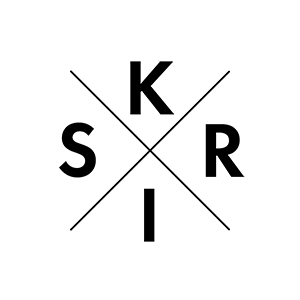You’ve done the selection interviews – informative weren’t they? It’s now time to put the only thing that information that may be in your head down on paper, and pull everything together to a complete picture.
This article comes after on from your previous article which offered tips on how to conduct the selection interviews themselves. Here we give you some practical techniques to work with whilst analyzing your interviews, helping shape your outcomes into anything tangible.
Kind your results into a société
After interviews you’ll find that you’ve lots of interesting thoughts and ideas jumping around your brain, but likely in simply no clear structure. The effects will be easier to understand and convey to others if they are bought into a distinct narration.
The easiest way to do this to accomplish this is to set everything upon paper and then sift through the results to create a final unified story.
Post-it notes & a bright white board
5. Put all the concepts, recommendations and studies you present in each interview onto post-it notes (each point ought to be on its own note).
* Attempt to avoid long sentences as you’ve got to be able to quickly scan that and know very well what it identifies, each post-it should just contain up to 10 words and phrases.
* Please use brief quotes or simple summaries if they will sum up the finding very well.
* Put in a number or an interviewee name to the corner so that you can keep track wherever each post-it came from.
5. If you interviewed people by differing communities (for case in point new and returning customers) patterns will be easier to place if you set a symbol on each post-it (or used colouring co-ordinated post-its) to show which group they will belonged to.
After the selection interviews you’ll understand the common designs that appear through the interviews, so push the post-its around and group them accordingly.
Invest some time with this, you may find the original groupings switch over time. This is called an ‘affinity diagram’. An advantage of using post-its is that you will notice the entirety of your effects at once, rather than seeing a small part over a screen at any one time. Seeing the ‘big picture’ will help you visualise what is going on more easily than attempting this visualisation in your mind alone. An additional is that post-its give you the flexibility to make additionally changes to the diagram whenever needed.
When you are able to, do that on a white-colored board. This has 2 positive aspects:
* You can draw rings around the communities, and add observation where required.
* The post-its probably stick and stay to need these people (rather than deciding to fall for the floor at the most inopportune times).
Essentially you’re setting up a visual representation (almost a mind map) of the final result. Once really visualized, you will find it’ll produce a lot more impression.
Don’t forget so why you had been conducting the interviews
The first article emphasized the necessity to have an obvious goal when ever conducting the interviews:
“The aims of interviews in order to discover:
* Users’ needs and goals.
* Just how users entire tasks on your own site (or would do if functionality was available).
* What users think the site presents them (and what more they really want/need). ”
This might act as a helpful framework to work with your studies, and should be remembered although conducting the analysis. But keep in mind that beauty of interviews is definitely their versatility so if you look placing an alternative focus on the results explains your findings, you can do so.
Bounce your opinions off somebody else
Stand in the front of your post-its and speak your studies through with someone (or several people). Encourage inquiries. You will not be in a position to answer every question, however you will find just where gaps in the explanations happen to be. Talking through your findings might also help further clarify your opinions, and you’ll know where the gaps are inside your overall picture.
You may also get bouncing tips off folks who didn’t go to the interviews useful. Experiencing the effects with someone with a distinctive perspective from your can make ideas may very well not have considered normally.
Take your time
You will find the first couple of several hours will be filled up with a craze of authoring and grouping post-its, you should then sleep on the result. You will find the subconscious will help keep on implementing the problems, and you may well get you wake up with additional ideas, or when going for a soak in a bath, or perhaps on the walk home… There will always be further bits to add, and changes to be created to your affinity diagram.
Growing your results from selection interviews is like having a photograph by hand. It takes as well as if you speed through the procedure then the end result is much less it should be. Take some time over the each stage, you may have been given a phenomenal amount details to method during the selection interviews, so ensure anything relevant gets down and a clear total message has the capacity to develop.
Final result
Once you’re done it merely requires leaves the ‘simple’ couple of:
* Producing whatever alterations are wanted to your site
* Producing personas
* Diagnosing problems with your current site
* Directing fresh design ideas
another one with the thousands of problems interviews may feed incredibly useful details into www.sk.lv. But these “small” problems might be possible knowing your hard work will pay off come go live.
As mentioned in the previous content “interviews are a good way to find specific information about the users”, remember more effort is needed than expected to take out those good results.
